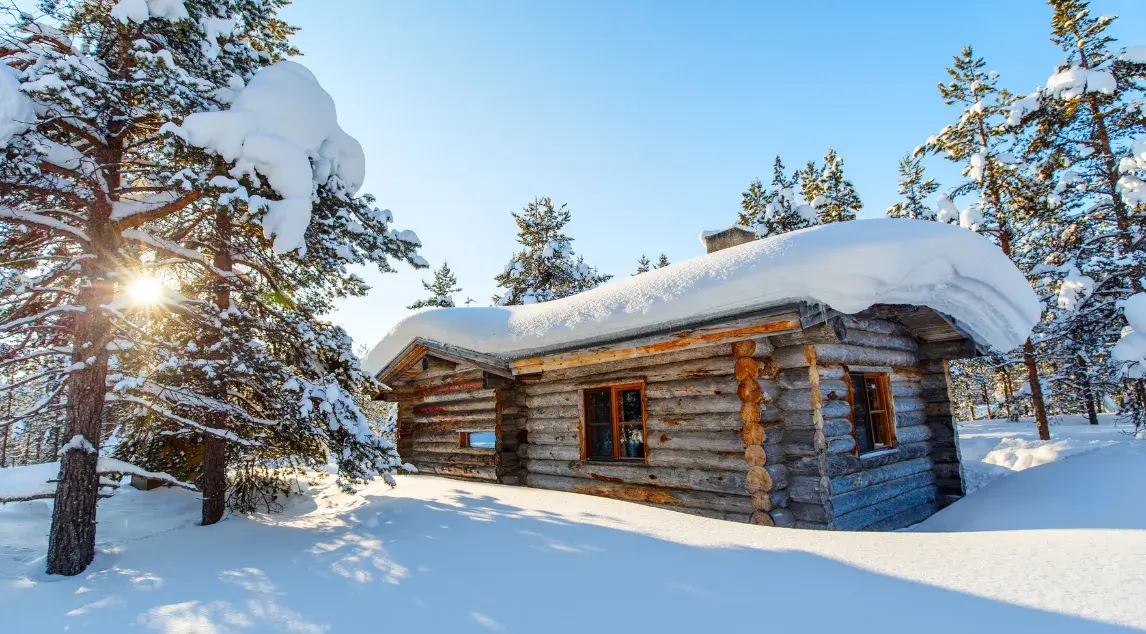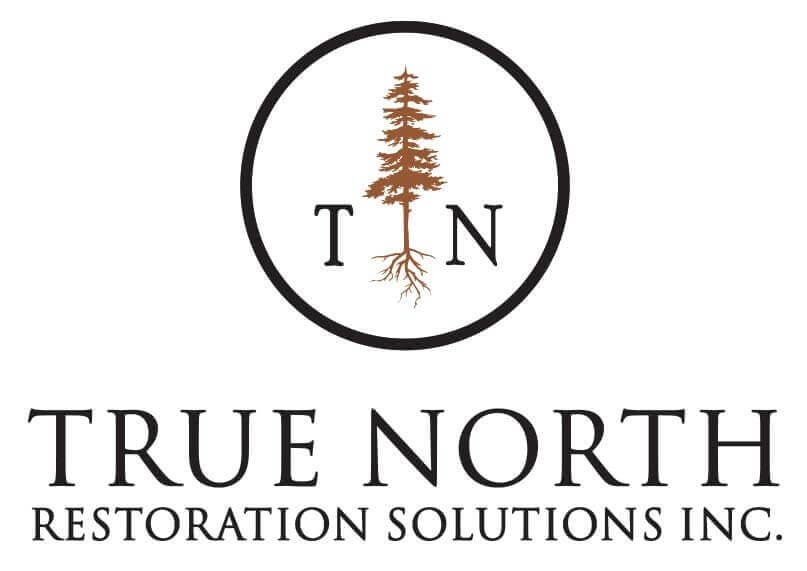Winterizing a Log Home: Essential Tips and Tricks
As the winter months approach, it’s crucial to prepare your log home for the colder weather. Proper winterization not only ensures your home stays warm and cozy but also protects it from potential damage caused by harsh winter conditions. At True North Restoration, we specialize in maintaining and preserving log homes, and we’re here to provide you with a comprehensive guide on winterizing a log home effectively.
Why Winterizing Your Log Home is Important
Winterizing your log home is essential for several reasons:
- Energy Efficiency: Proper insulation and sealing prevent heat loss, reducing energy bills.
- Preventing Damage: Protecting your home from moisture and freezing temperatures can prevent structural damage and wood deterioration.
- Comfort: A well-winterized home ensures a comfortable living environment throughout the cold months.
Materials and Tools You’ll Need
Before you start, gather the following materials and tools:
- Weatherstripping
- Caulking gun and caulk
- Insulation (batts or foam)
- Window insulation film
- Chimney cap
- Firewood
- Roof rake
- Gutter guards
- Draft stoppers
- Space heaters (if needed)
- Safety gear (gloves, goggles)
Step-by-Step Guide to Winterizing Your Log Home
Step 1: Inspect and Seal Gaps
Identify and Seal Gaps
Start by inspecting your log home for any gaps or cracks that could let in cold air. Common areas to check include windows, doors, and the spaces between logs. Use caulk to seal smaller gaps and apply weatherstripping around windows and doors to prevent drafts.
Install Draft Stoppers
Place draft stoppers at the base of doors to block cold air from entering. These can be store-bought or homemade using fabric and stuffing.
Step 2: Insulate Your Home
Add Insulation
Proper insulation is key to maintaining a warm home. Check your attic, walls, and floors for adequate insulation. Add extra insulation if needed, focusing on areas where heat loss is most likely to occur.
Window Insulation Film
Apply window insulation film to windows to create an additional barrier against the cold. This film is easy to install and can significantly improve your home’s energy efficiency.
Step 3: Prepare Your Heating System
Inspect and Clean the Chimney
If you have a fireplace, inspect and clean the chimney to ensure it’s free of debris and in good working condition. Install a chimney cap to prevent animals and debris from entering.
Stock Up on Firewood
Ensure you have enough firewood to last through the winter. Store it in a dry, accessible place to keep it ready for use.
Check and Service Your Heating System
Have your heating system inspected and serviced by a professional to ensure it’s operating efficiently. Replace filters and make any necessary repairs before the cold weather sets in.
Step 4: Protect Against Snow and Ice
Install Gutter Guards
Clean your gutters and install gutter guards to prevent ice dams from forming. Ice dams can cause water to back up under your roof, leading to leaks and water damage.
Use a Roof Rake
Invest in a roof rake to remove heavy snow from your roof. This prevents excessive weight and potential damage to your roof structure.
Step 5: Prepare for Emergencies
Create an Emergency Kit
Prepare an emergency kit with essential items such as blankets, non-perishable food, water, flashlights, batteries, and a first-aid kit. This ensures you’re ready for any winter weather emergencies.
Backup Heating Sources
Consider having backup heating sources, such as space heaters or a generator, in case of power outages. Ensure they are safe to use and have them readily available.

FAQs
How often should I inspect my log home for gaps and drafts?
It’s recommended to inspect your log home for gaps and drafts at least twice a year, in the fall before winter and in the spring. This helps you address any issues before the weather changes.
Can I use regular insulation for my log home?
Yes, you can use regular insulation, but it’s important to choose the right type and thickness for your specific needs. Consult with a professional to determine the best insulation for your log home.
What should I do if I notice significant heat loss despite winterizing efforts?
If you notice significant heat loss, it may be due to insufficient insulation or sealing. Contact a professional to conduct a thorough inspection and recommend additional measures to improve your home’s energy efficiency.
Summarizing Winterizing a Log Home
Winterizing your log home is a vital step in maintaining its comfort, energy efficiency, and structural integrity. By following these tips and performing regular maintenance, you can ensure your log home stays warm and protected throughout the winter months. At our log home restoration company, we’re dedicated to helping you preserve the beauty and functionality of your log home. Contact us for professional assistance with any log home repairs or maintenance needs. See our GMB to see where we service.
